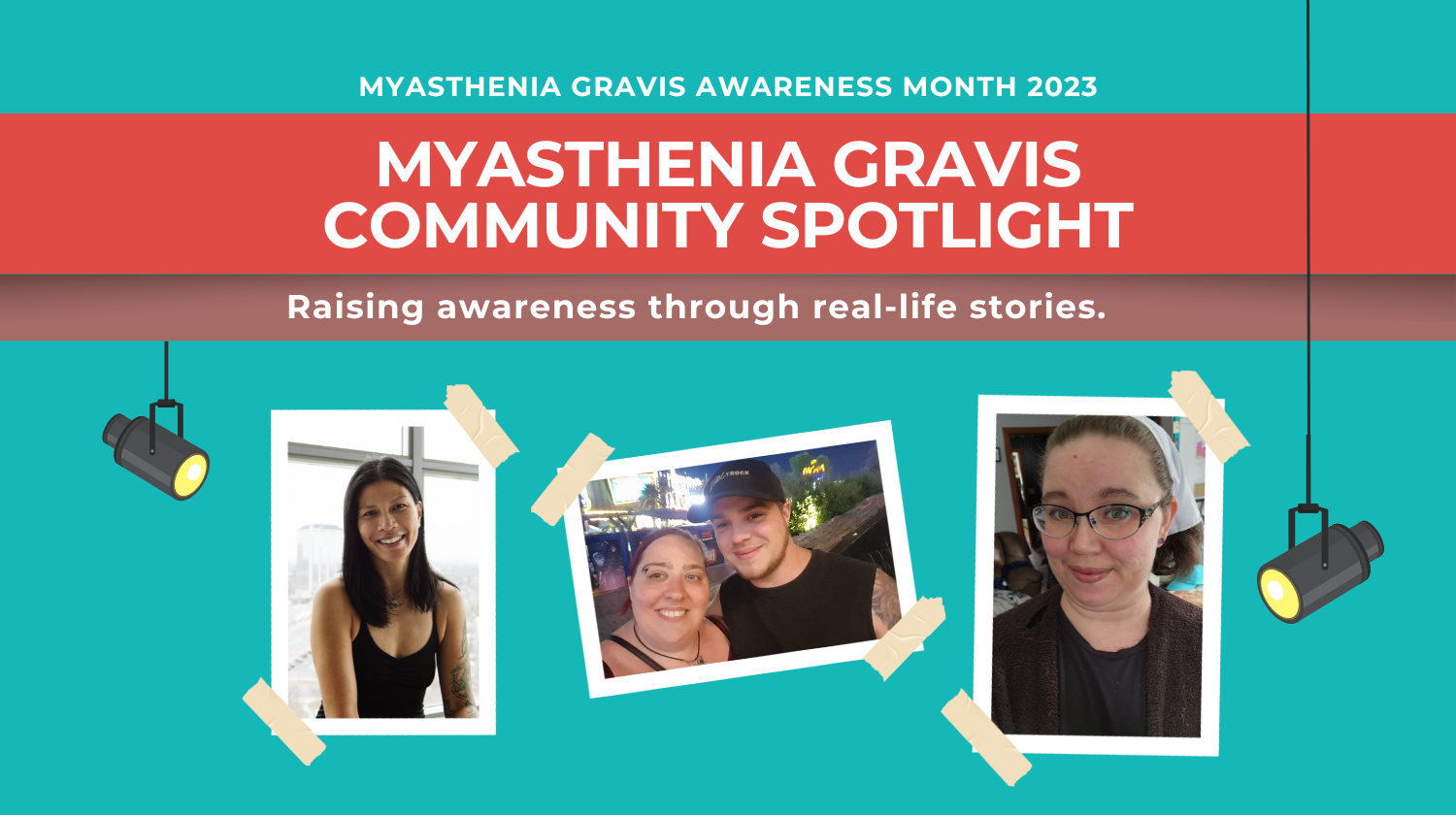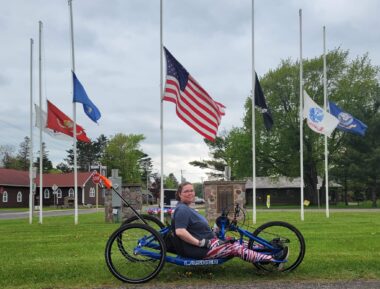My diagnosis journey exemplifies why MG is the snowflake disease


(Photo courtesy of Shawna Barnes)
This is Shawna Barnes‘ story:
While deployed to Iraq in 2010, I began having some weird health issues that started with seizures. Brain fog and tripping episodes followed while I was being medically retired out of the Army. In the spring of 2012, more tripping and falling episodes prompted my Veterans Affairs providers to order me a wheelchair. I was prescribed meds for neuropathy and depression.
My symptoms, while being treated, were attributed to post-traumatic stress disorder. No further investigation into the cause occurred.
Over the next several years, I experienced hoarseness in my voice, choking on food, aspiration of liquids, and increased fatigue and limb weakness.
It wasn’t until I began experiencing ptosis — drooping in one or both eyelids — that I was able to get one of my healthcare providers to listen to me. Following a medication trial and the ice pack test, a diagnostic exam, my ophthalmologist gave me a tentative diagnosis of myasthenia gravis (MG). It took some convincing and agreeing to seek treatment for possible conversion disorder before my neurologist would agree to further treatment for MG.

Shawna and her husband, Justin, enjoy a good energy day working on house projects. (Photo courtesy of Shawna Barnes)
I became a squeaky wheel, and my self-advocacy jumped into overdrive as I fought to be able to see a neuromuscular specialist that was well versed in myasthenia gravis. I had a thymectomy in 2019 and have been riding a roller coaster of various treatments and wellness strategies ever since.
Because I have seronegative MG, my disease progression and symptom evolution have been anything but typical. This was part of the problem when I was seeking treatment. Not many general practitioners are familiar with myasthenia gravis, and few neurologists accept seronegative or sero-unknown MG as a diagnosis.
There is a reason myasthenia gravis is called a “snowflake” disease. Each patient presents differently, and the success rates of treatment are just as variable. Some of us are able to live normal lives with proper treatment, some go into remission after a thymectomy or minimal medication, some require all the different interventions to stay alive, and others are refractory and don’t respond to currently available treatments. Some people live in between refractory and being able to live with a solid treatment plan, which is where I believe I am.

Shawna rides her handcycle in front of the veterans memorial in Cable, Wisconsin, on Memorial Day in 2022. (Photo courtesy of Shawna Barnes)
The unfortunate truth is that my story is not that abnormal, although people like me are made to feel like it is. If you were a fly on the wall of any of the support groups on social media, you would quickly find that my story is one of likely hundreds. There are many reasons for this, but my hope is that through continued awareness and advocacy efforts those numbers will continue to dwindle.
In recognition of Myasthenia Gravis Awareness Month in May, the MG Community Spotlight campaign features a series of stories highlighting the real-life experiences of people affected by MG, written in their own words. Follow us on Facebook and Instagram for more stories like this, using the hashtag #MGSpotlight, or read the full series.





